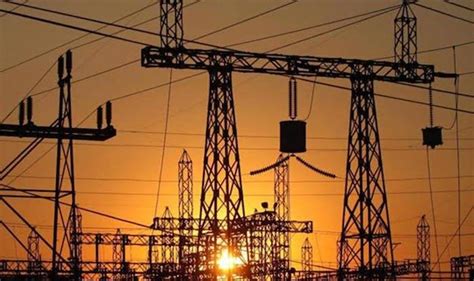The Minister of Power, Adebayo Adelabu, has announced that the pilot phase of the Siemens-backed Presidential Power Initiative (PPI) is now 90% complete. This marks a major milestone in the Nigerian government’s drive to stabilise the national grid and improve electricity supply across the country.
Speaking on Sunday, Adelabu revealed that the pilot phase has already added 700 megawatts to Nigeria’s transmission grid through the installation of 10 power transformers and 10 mobile substations. He noted that this progress is part of broader efforts by the federal government to transform the power sector under President Bola Tinubu’s administration.
According to the minister, the government is in the process of securing $2.3 billion in financing—with support from the German government—to overhaul Nigeria’s transmission infrastructure under the Siemens-led PPI. He added that Chinese firms are also being engaged for upcoming distribution projects.
Adelabu highlighted key improvements in the power sector since the start of the current administration, particularly in energy access expansion. “We have extended the national grid to many areas previously without access and have deployed renewable energy solutions, especially solar and small hydro dams, to power rural and semi-urban communities,” he said.
He also attributed the ongoing transformation in the sector to President Tinubu’s signing of the Electricity Act of 2023, which laid the foundation for reforms and decentralisation.
Providing further insight into achievements under the Tinubu-led administration, the minister cited:
- The highest average daily power consumption ever recorded in Nigeria, exceeding 20,000 kilowatt-hours.
- A new national record in energy transmission and distribution, reaching 5,801.63 MW, surpassing the previous high set in 2021.
- A generation capacity peak of 6,003 MW, the highest in the nation’s history.
“These results are not coincidental. They are a direct outcome of strategic reforms and proactive government investment in the power sector,” Adelabu said. “Today, we are seeing greater grid stability. Where the system once collapsed when supply crossed 5,000 MW, we are now averaging between 5,000 and 8,000 MW without significant instability.”
He concluded that these milestones reflect the administration’s commitment to improving energy access, infrastructure, and overall reliability in the sector.








ah9eyf